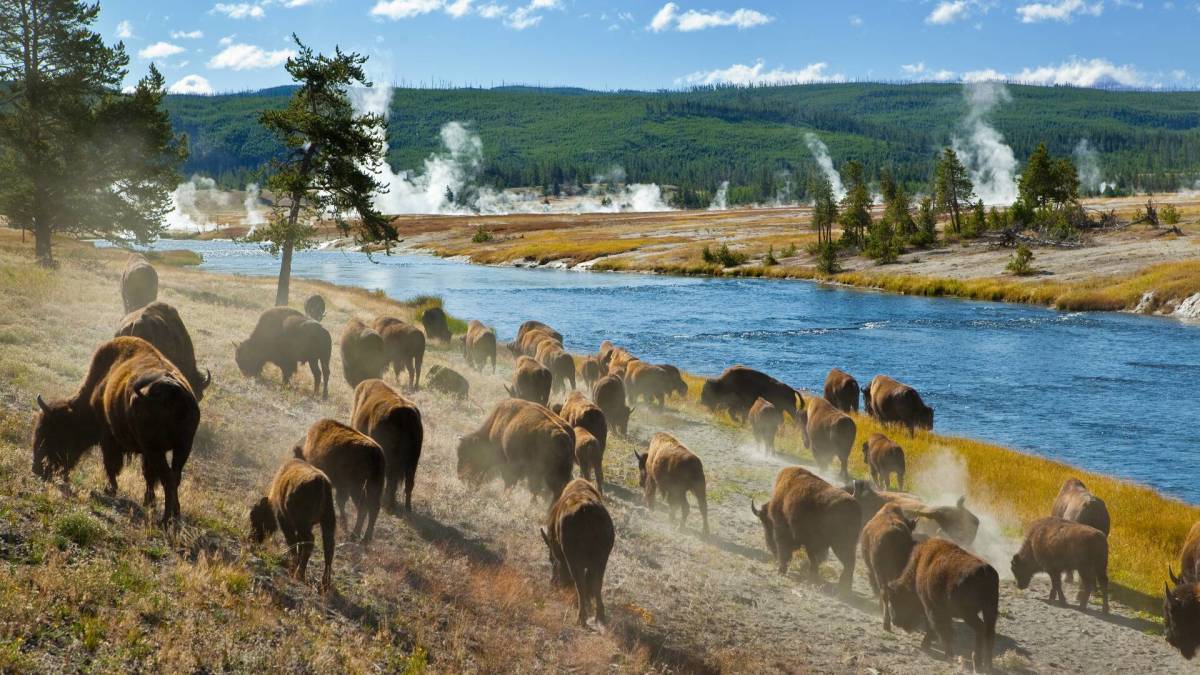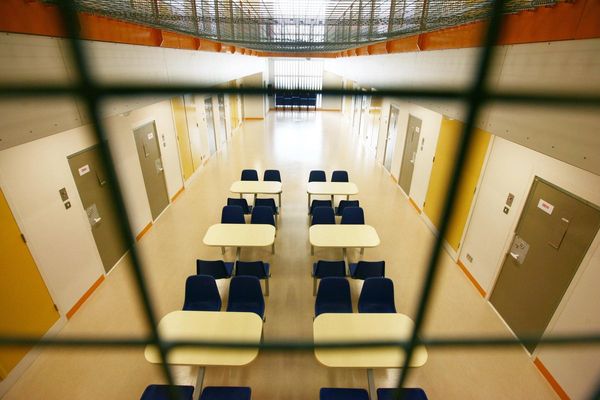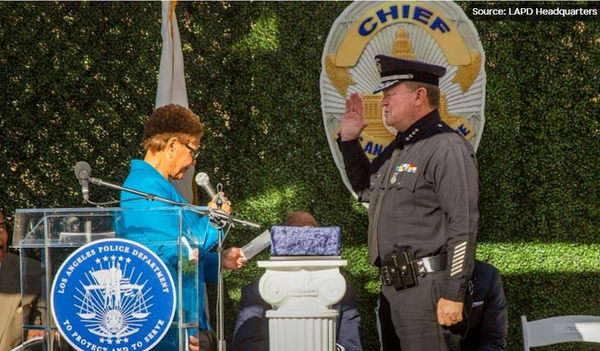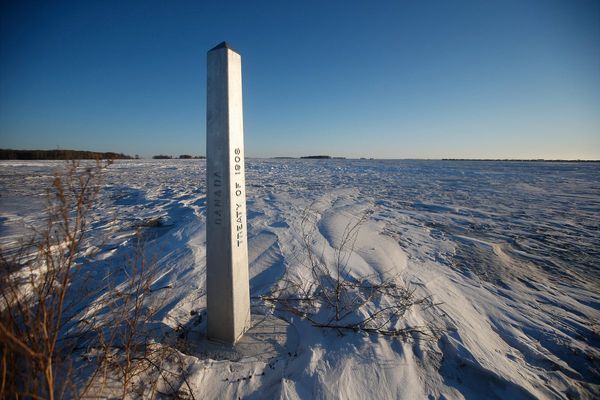
For those who want to see the iconic North American descendant of the buffalo in the wild, Yellowstone is definitely the place. The national park spanning Montana, Idaho, and Wyoming is the continent’s largest herd of nearly 6,000 bison.
But while the animals may not look as dangerous as the bears and wolves also roaming Yellowstone, they are overwhelmingly behind most human-wildlife interactions gone wrong inside the park.
Related: National Park visitor becomes first to get arrested for this in 2024
Many are unfortunate accidents — at the start of June, an 83-year-old woman was gored when a bison snuck up behind her on a hike through Storm Point Trail — but at other times park visitors bring these unfortunate outcomes about through their actions.
In April, a 40-year-old Idaho man named Clarence Yoder was caught kicking a bison near the park's western entrance. Yellowstone. After being treated in the hospital for his injuries (the bison did not take well to his actions and responded in turn), Yoder was arrested for driving while intoxicated and disturbing wildlife.
Going to a national park? ‘Be bison (and other wildlife) aware’
While the peak park-visiting summer period is barely underway, the number of bison incidents, in particular, has been so high that the National Park Service (NPS) put out several announcements about wildlife safety.
Another incident that occurred at Yellowstone at the start of July was captured by the Instagram (META) account @touronsofyellowstone — a man and a woman are seen coming within just a few feet of bison from behind without realizing the dangerous situation they have have put themselves in to take a photograph.
More travel stories:
- A new travel term is taking over the internet (and reaching airlines and hotels)
- The 10 best airline stocks to buy now
- Airlines see a new kind of traveler at the front of the plane
“What exactly is their game plan?! 🥴” the account, which draws attention to bad tourist behavior at Yellowstone, wrote in the caption to the video. “Be bison aware‼️ Keep back at least 25 yards!!!”
The NPS tells visitors to keep a distance of 25 yards, 23 meters, from large wildlife such as bison and elk. For carnivorous animals such as bears and wolves, the distance goes up to 100 yards (91 meters).
Related: Get the best cruise tips, deals, and news on the ships from our expert cruiser
‘Not aggressive animals but will defend their space when threatened’
While videos like this will typically receive hundreds of comments making fun of the subject’s behavior, it is easy to inadvertently put oneself in danger by not knowing or forgetting basic wildlife safety rules.
Common tips given by the NPS include staying on marked pathways and trails, reading up on park guidelines around wildlife, and, if coming across an animal unexpectedly, stepping back to a safe distance as quietly as possible and calling park authorities for help.
Feeding wildlife and leaving behind garbage are two other apparent no-nos since the scent of food can attract bison, bears and other animals to an area that would otherwise have a low risk of bad interactions. Another common mistake (one that the subjects captured in the Instagram video committed) is to stop one’s car wherever one sees bison to photograph them and thereby block their crossing path.
“Bison have injured more people in Yellowstone than any other animal,” the NPS writes on its Yellowstone safety website. “Bison are not aggressive animals but will defend their space when threatened. They are unpredictable and can run three times faster than humans."
Related: Veteran fund manager sees world of pain coming for stocks







